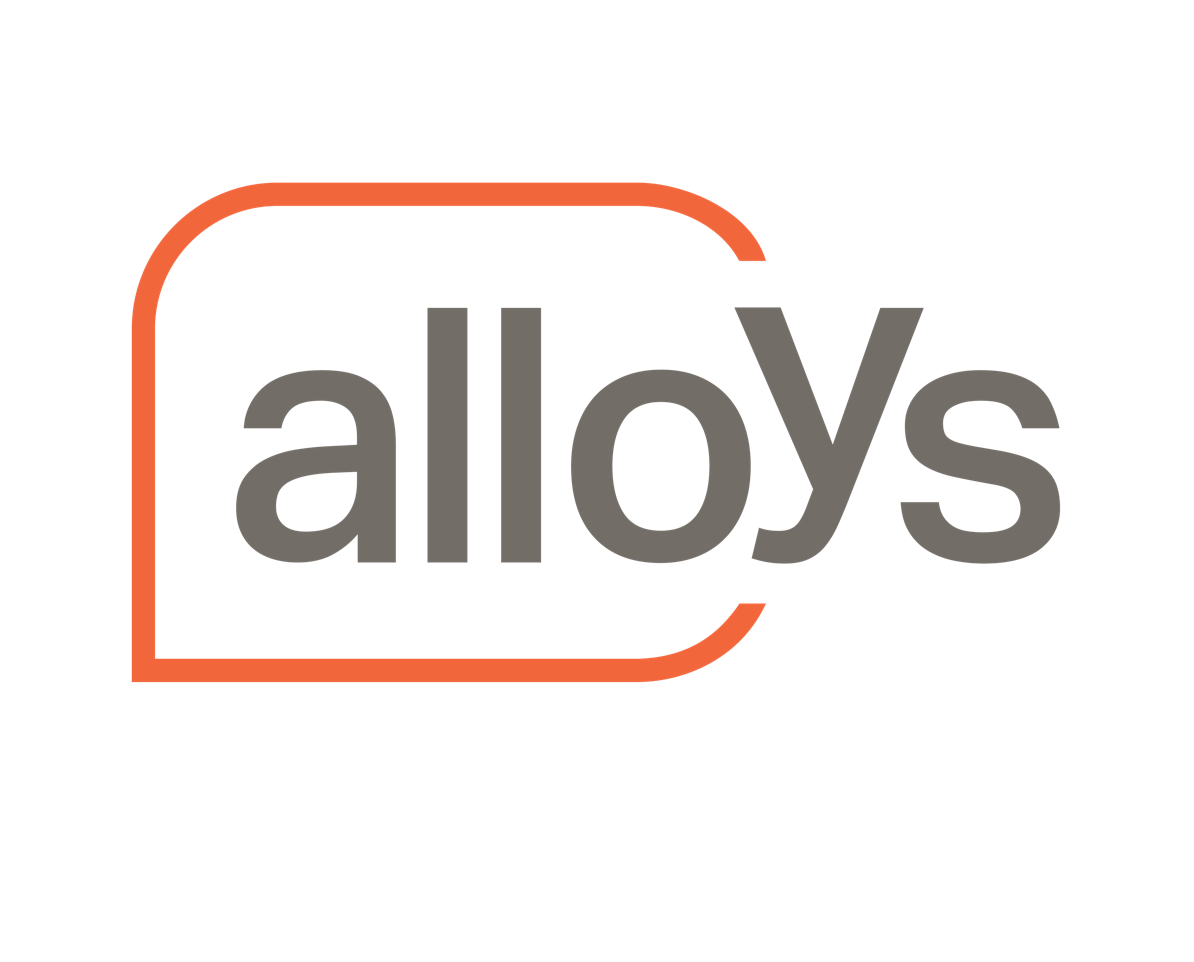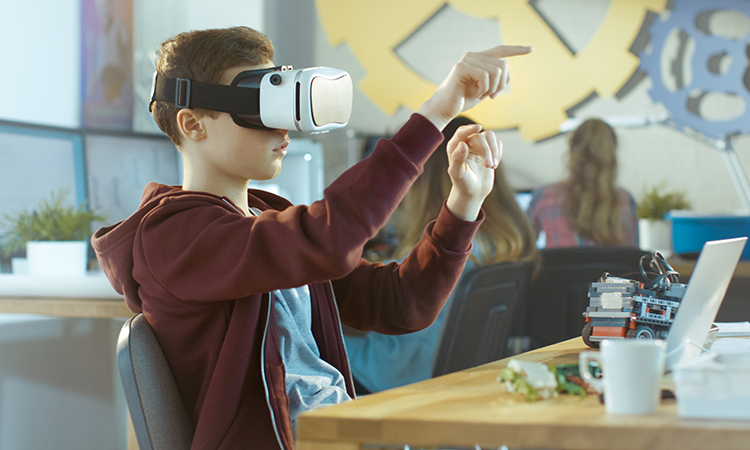Despite its role in preparing young people to move society and technology forward, the education industry has remained ironically resistant to change. Until recently, most educational processes have remained virtually unchanged for decades or longer.
However, the digital revolution hasn’t forgotten education – schools and colleges have finally started introducing drastic changes, and in the course of the next decade, we are likely to see the industry completely transform. In this article, we will touch upon some of the most important and promising trends to watch.
1. Augmented and virtual reality
AR and VR are examples of game-changing technologies whose implications are difficult to predict. Potential applications in the educational sphere are immense. Here are just a few examples:
- Giving students an opportunity to choose their learning setting
- Providing first-hand experiences of something that cannot be achieved in any other way (e.g., traveling in Ancient Egypt)
- Enabling students to interact with teachers and each other using VR.
Although we don’t yet understand the full applications of these technologies, it is already clear that AR and VR have the potential to increase interactivity, immersion, collaboration, and attention.
2. Personalisation
Every student is unique, with their own strengths and weaknesses. However, many educators have typically had little choice but to apply the same general teaching approach to all students.
Technology enables them to evolve from this paradigm. The “blending learning” approach is based on giving individual students responsibility for aspects of their education—for example, the speed and order in which they move through material, the tasks they take on, and so on. The days of students writing book reports and painstakingly sharing variations of a single task are being replaced by a personalized approach. While traditional instruction will likely survive where it is appropriate, it will not dominate education.
3. Gamification
For years, many educators seemed to feel that learning and play were mutually exclusive. However, game elements can solve problems educators have faced for generations. They provide immediate feedback to actions and allow students to learn by doing rather than memorizing passages or formulas. Gamification enables students to use their knowledge in practice and solve problems in environments imitating real life. Better still, it greatly increases motivation and engagement.
4. Artificial intelligence and chatbots
AI technology may still be in its infancy, but it can have a significant impact on education. For example, chatbots can answer questions about homework, college regulations, paperwork requirements, and more, freeing up human resources for more complex issues.
More advanced applications involve assessment and learning; for example, tools like Virtual Learning Assistant, by Cognii, have great potential for one-on-one tutoring. Natural language processing (NPL) can answer open-response questions and provide instant feedback and scoring.
5. Internet of Things
IoT is another transformative technology that changes things in small but significant ways. In the sphere of education, one of the most promising trends is smart campuses.
Uniting all a university’s devices into a single network enables a highly customizable learning environment that meets the needs of students and educators while eliminating unnecessary interactions. For example, when a professor enters a classroom, devices adjust settings based on their preferences, changing lighting, display courses on LMS, and so on.
Some of these technologies are already actively used while others are still gaining traction, but one thing is certain: Education will never be the same.
Source: Melissa Burns, Digitalist Mag, 10 May 2018


